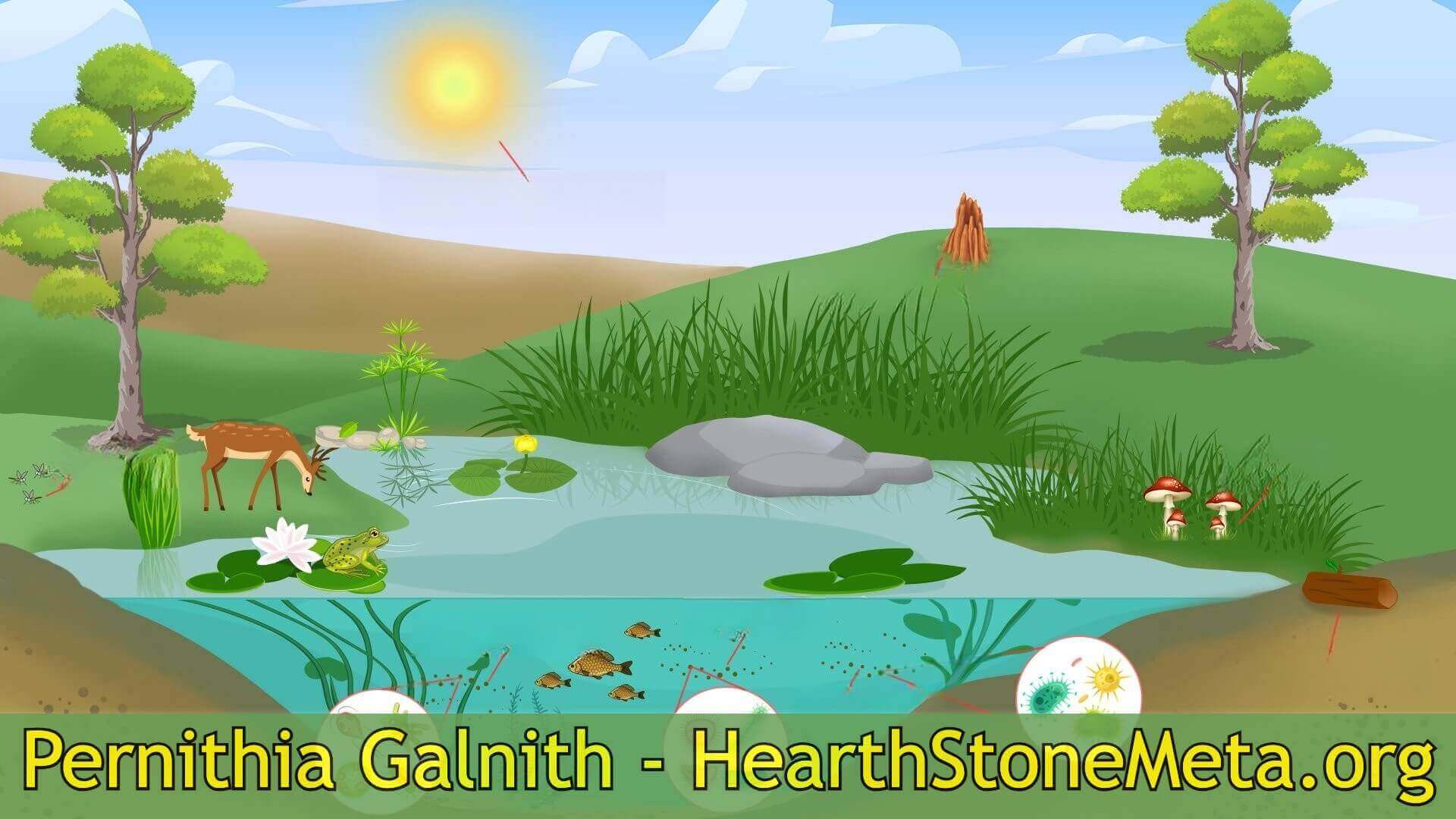Introduction
Nature is full of fascinating species that contribute to the delicate balance of ecosystems. Pernithia Galnith stands out as a unique and ecologically significant species.
Despite its importance, it faces severe threats due to habitat destruction, climate change, and human encroachment.
This article explores what makes Pernithia Galnith special, its role in biodiversity, the threats it faces, and conservation efforts that can ensure its survival for future generations.
What is Pernithia Galnith?
A Unique Species in the Ecosystem
Pernithia Galnith is not just another species, it is an ecological keystone, meaning its survival directly impacts the health of its habitat.
Whether through its interactions with other species, its contribution to nutrient cycles, or its role in maintaining biodiversity, this species is crucial to environmental stability.
Distinctive Features of Pernithia Galnith
Pernithia Galnith is known for its:
- Adaptation to Harsh Climates: It thrives in challenging environments where few species can survive.
- Crucial Role in the Food Chain: It acts as predator and prey, influencing multiple species.
- Rare and Mysterious Behavior: Scientists continue to study its unique habits and reproductive cycles.
Where is Pernithia Galnith Found?
This species primarily inhabits rainforests, coastal regions, and mountainous ecosystems, but its population has been shrinking due to habitat loss. Understanding its natural habitat is key to conservation efforts.
The Natural Habitat of Pernithia Galnith
Pernithia Galnith requires specific environmental conditions to thrive, prioritizing habitat protection.
Primary Regions Where It Thrives
- Tropical Rainforests: Lush vegetation provides ample food and shelter.
- Coastal Wetlands: These areas offer an ideal breeding ground.
- High-altitude Forests: The cool climate supports stable population growth.
How Habitat Destruction is Threatening Its Survival
Deforestation, industrial expansion, and urbanization have significantly reduced the natural range of Pernithia Galnith. Without urgent habitat conservation measures, the species faces imminent extinction.
Why is Pernithia Galnith Important to Biodiversity?
Biodiversity is essential for a balanced ecosystem, and Pernithia Galnith plays a crucial role in preserving it.
Key Ecological Contributions
🔹 Maintains Soil Health: By interacting with the soil, it enriches the ecosystem.
🔹 Controls Pest Populations: It helps regulate the numbers of certain insects or small animals.
🔹 Indicates Environmental Health: A decline in its population signals a larger environmental problem.
What Happens If Pernithia Galnith Disappears?
The extinction of this species would trigger a domino effect on the ecosystem. Other species relying on it—whether for food, habitat interaction, or ecosystem functions—could decline, leading to a biodiversity crisis.
The Growing Threats to Pernithia Galnith
Despite its importance, Pernithia Galnith faces severe threats that could lead to its extinction.
1. Habitat Destruction & Deforestation
Over 50% of its natural habitat has been lost due to logging, agriculture, and urban expansion.
2. Climate Change
Rising global temperatures affect its food sources and reproductive cycles.
Increased pollution disrupts its natural environment.
3. Illegal Hunting and Poaching
Some regions exploit this species for commercial purposes, threatening its survival.
4. Introduction of Invasive Species
Non-native species compete for food and resources, making survival harder.
The Role of Scientists in Conservation Efforts
Ongoing Research & Protection Strategies
Researchers worldwide are studying the genetic makeup, behavior, and adaptability of Pernithia Galnith. Their findings are crucial for:
- Developing breeding programs to increase population numbers.
- Creating detailed conservation strategies to restore habitats.
- Educating local communities on the importance of preserving biodiversity.
How Governments and Organizations are Responding?
1. Establishing Protected Areas
National parks and conservation reserves offer safe zones for its survival.
2. Strengthening Wildlife Protection Laws
Governments are introducing stricter laws against poaching and habitat destruction.
3. Funding Conservation Projects
Many organizations provide grants and financial support to save endangered species like Pernithia Galnith.
4. Promoting Sustainable Development
Encouraging eco-friendly farming and industrial practices minimizes harm to biodiversity.
How Individuals Can Help Protect Pernithia Galnith?
You don’t have to be a scientist to make a difference. Here’s how you can help:
- Support Wildlife Conservation Groups: Donate or volunteer for environmental causes.
- Reduce Plastic and Chemical Waste: Pollution is a significant threat to ecosystems.
- Adopt Sustainable Lifestyle Habits: Reduce deforestation by supporting sustainable products.
- Raise Awareness on Social Media: Educate others about Pernithia Galnith and its importance.
Future Outlook: Can We Save Pernithia Galnith?
Optimistic vs. Pessimistic Scenarios
If Conservation Efforts Succeed
- Pernithia Galnith’s population could recover.
- Ecosystem balance would be restored.
- Future generations could benefit from biodiversity protection.
If Conservation Efforts Fail
- The species may go extinct within the next 50 years.
- Biodiversity loss could trigger further ecological imbalances.
The fate of Pernithia Galnith depends on how quickly and effectively governments, scientists, and the general public act to address the threats facing this species.
Conclusion
Pernithia Galnith is more than just a species, it is a symbol of ecological resilience.
By supporting conservation efforts, advocating for sustainable practices, and spreading awareness, we can help protect this ecological marvel for future generations.
